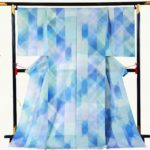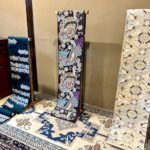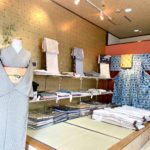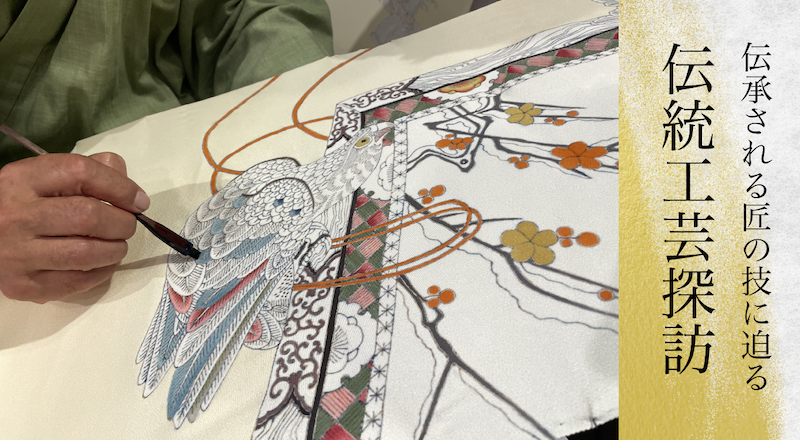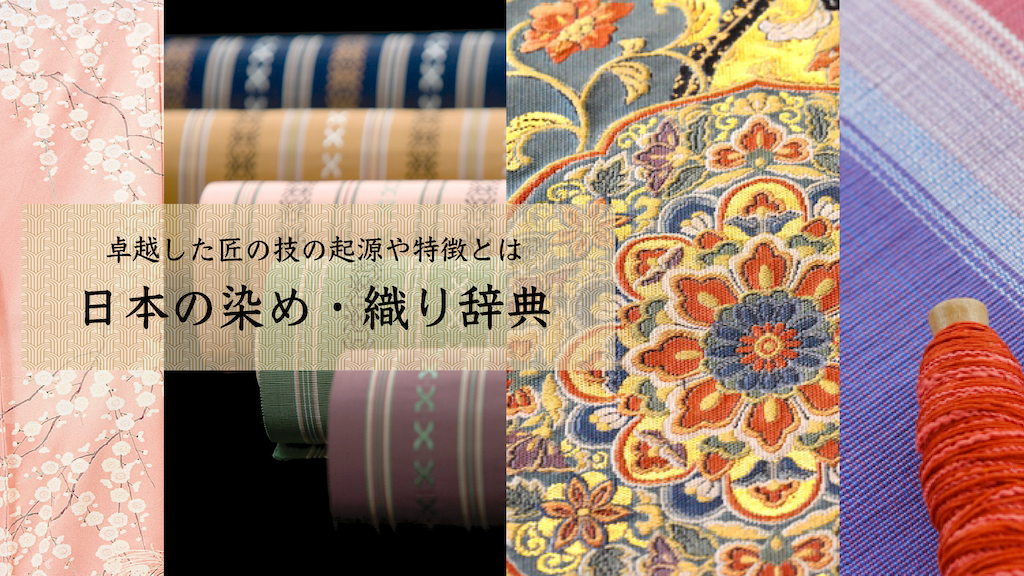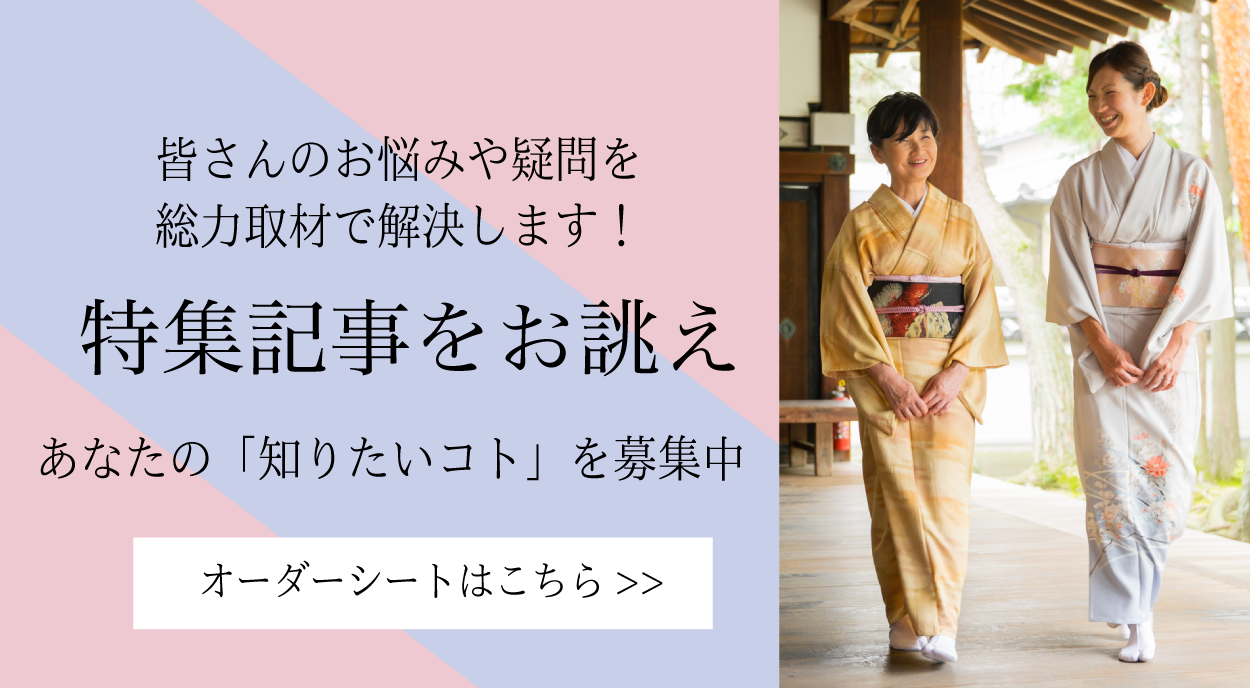真岡木綿
Pronunciation: Moka-momen
Production area: Moka City, Tochigi Prefecture
Moka-momen is a cotton textile handed down from the Edo period to the present day. Each piece is carefully handwoven, producing a fabric with a distinctive texture and refined softness. Cotton cultivation was once widespread in this region, and farmers’ wives wove cotton cloth during breaks from agricultural work. Moka-momen is woven with hand-spun warp and weft threads, resulting in fine and dense narrow-width white cotton fabric, often used for yukata. Between 1804 and 1844, production peaked, and Moka-momen became highly valued in Edo for its superior bleaching process known as sarashi, which produced durable fabric with a smooth, silk-like texture. However, production declined toward the end of the Edo period due to the influx of imported cotton yarn after Japan’s opening to the West, and weaving ceased entirely. In 1986, efforts led by the Moka Chamber of Commerce successfully revived the craft, and it continues to be produced today.

